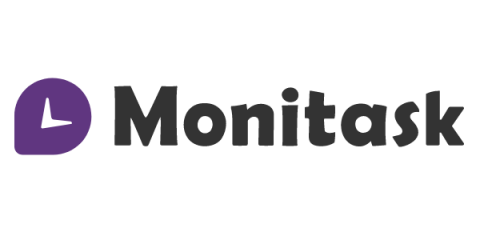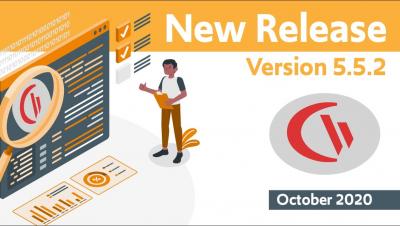Teams | Collaboration | Customer Service | Project Management
October 2020
How Tracking Your Remote Employees Affects Your Revenue
Many companies are very skeptical about remote work – most do not understand how to control employees at a distance and at the same time maintain a productive working rhythm. In 2009, IBM devised a policy to allow 40 percent of its employees worldwide to work remotely. But in 2017, as the company’s revenue start slumping, the management pulled back its decades-old remote work policy. IBM said that the marginalized feel makes remote employees less loyal.
How to Keep Employees Productive While Working From Home | CurrentWare
Raising the Red Flag on the Insider Threat from Ransomware
Remote, Hybrid Work Need Better Data Security
How Tracking Your Remote Employees Affects Your Revenue
Many companies are very skeptical about remote work – most do not understand how to control employees at a distance and at the same time maintain a productive working rhythm. In 2009, IBM devised a policy to allow 40 percent of its employees worldwide to work remotely. But in 2017, as the company’s revenue start slumping, the management pulled back its decades-old remote work policy. IBM said that the marginalized feel makes remote employees less loyal.





